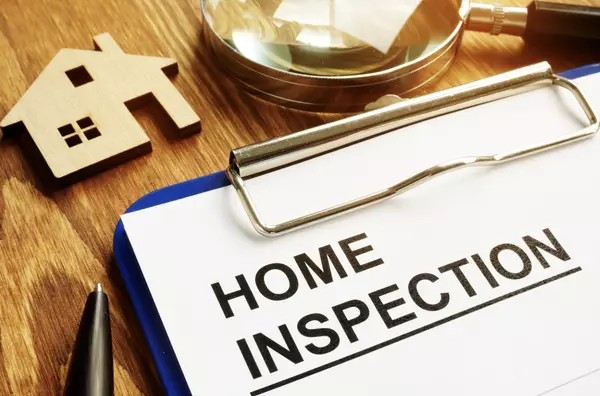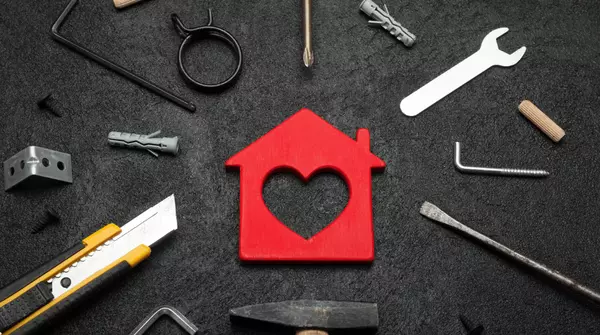How to Protect Your Home From Water Damage

Water damage can be a costly and stressful issue for homeowners. Whether it's due to natural disasters, plumbing problems, or simple wear and tear, taking proactive measures can help protect your home from potential water damage. Here are some effective strategies to safeguard your home:
1. Maintain Your Roof and Gutters: Regularly inspect your roof for missing or damaged shingles, and ensure that gutters and downspouts are clear of debris. Proper maintenance allows rainwater to flow away from your home, preventing leaks and water accumulation.
2. Seal Windows and Doors: Check for gaps or cracks around windows and doors, and seal them with caulking or weatherstripping. This helps prevent rain and moisture from entering your home, reducing the risk of water damage.
3. Install a Sump Pump: If you live in an area prone to flooding or have a basement, consider installing a sump pump. A sump pump can efectively remove accumulated water and prevent flooding during heavy rains. Contact Capstone Waterproong Solutions today for a FREE Consultation (www.CapstoneWaterproong.com).
4. Regularly Inspect Plumbing: Inspect your plumbing system regularly for leaks, corrosion, and other signs of wear. Addressing minor issues promptly can prevent larger, more costly problems down the line.
5. Direct Water Away from Your Foundation: Ensure that the ground around your home slopes away from the foundation. This helps direct water away from your home, reducing the risk of foundation leaks and water seepage. All downspout extensions should be directed away from the home at least 10 feet.
6. Protect Pipes from Freezing: In colder climates, insulate pipes to prevent freezing and bursting during winter. Keep cabinets open to allow warm air to circulate around pipes, and let faucets drip during extreme cold.
7. Maintain Your Landscaping: Regularly trim trees and shrubs near your home to prevent roots from interfering with your foundation or underground pipes. Proper landscaping can also help absorb excess rainwater and prevent pooling.
8. Check Appliances Regularly: Inspect appliances like washing machines, dishwashers, and water heaters for leaks and wear. Replace old hoses and connections to prevent unexpected water leaks.
9. Know Your Water Shut-O Valves: Familiarize yourself with the location of your home's water shut-o valves. In case of a leak orburst pipe, quickly turning o the water supply can minimize damage.
By following these strategies, you can signicantly reduce the risk of water damage and protect your home from costly repairs. Regular maintenance and vigilance are key to keeping your home safe and dry. For more information regarding waterproong solutions contact: Capstone Waterproong Solutions today for a FREE Consultation (www.CapstoneWaterproofing.com)
Categories
Recent Posts

The Benefits of a Home Warranty for Homeowners

Importance of Getting a Home Inspection

How to Protect Your Home From Water Damage

10 Ways To Make Your Home Energy Efficient

How To Maximize A Small Living Space

Factors That Can Keep Your House From Selling

How To Manage Stress When Dealing With Home Financing

6 Home Renovation Mistakes to Avoid

5 common mistakes first time homebuyers make

